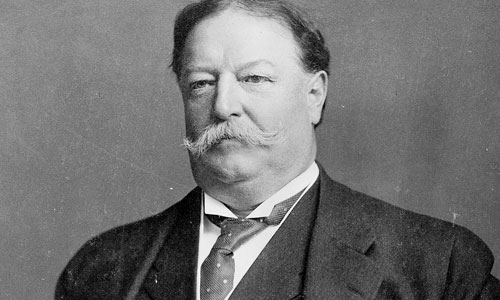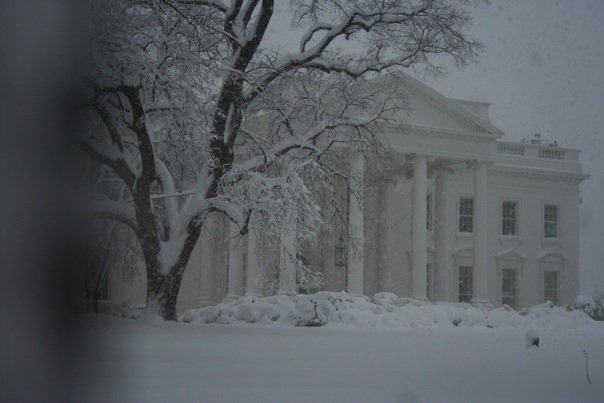James has a few questions for me. I’ll try to come up with some answers.
- I describe the Washington Post article in question as having “may” misrepresented some of Newt Gingrich’s comments regarding civil rights because the Post’s correction is based only on emailed “clarifications” from Gingrich himself. The paper makes no indication that it concedes the reporter in question, Dan Balz, misrepresented Gingrich. Nor does Balz, in his post on the matter on the paper’s 44 blog. Neither Gingrich nor Balz, to my knowledge, have offered the relevant quote in full, so it is impossible to know whom to believe; one, either, or both could be dishonest here. However, I cannot see how this squabble could justify James’ sweeping condemnation of Krugman, an opinion writer who used a quote from a report that has been disputed after the fact. I do believe, though, that reading the top line results of a poll and reporting them with a link to an ideological blog suggests insufficient inquiry at best, particularly when further exploration reveals a data set contradictory to the narrative at hand.
- Republicans will gain a lot of seats in November because American voters currently loathe incumbents, and Democrats are more likely to be incumbents at the moment. This year, that loathing of incumbents looks like it will overcome the public’s disenchantment with Republicans, though Republicans can undo that by reminding the public why it does not like the them. I will note that polling guru Nate Silver seems far less impressed by the post-pass bounce than I do, though he thinks it exists. He calls the data “decent, but not great” for Democrats, and speaks approvingly of a Quinnipiac poll. The Quinnipiac poll finds that voters disapprove of the health care reform 49-40 per cent. It does not indicate why they disapprove of it. It also finds that voters disapprove of attempts to challenge the constitutionality of the reform, but are more likely to vote for politicians who opposed the reform. Significantly, however, it finds that gigantic chunks of voters say a representative’s vote on health care will not make them any more or less likely to vote for them in November. In fact, most voters will not be less likely to vote for a representative because of their health care vote. Americans right now, above all else, care about the economy, and the economy is still looking pretty awful.
- The Rasmussen poll James links to does show that 55 per cent of likely voters favor repealing the bill. It may well be right, even though Rasmussen has a noted tendency to elevate Republican numbers. In America, because voting is optional, likely voters and “Americans” are very different things. As Silver says:
Rasmussen, for instance, is one of the few pollsters to already be employing a likely voter model at this point. It’s not uncommon for likely voter polls to have comparatively better results for Republicans, since Democrats rely on votes from groups like young voters and minorities who turn out less reliably in midterm elections. (And, indeed, Republicans appear to have an especially significant enthusiasm advantage in this cycle.)
Rasmussen may indeed be a better predictor of events in November. Congress, however, governs for all Americans, not just likely voters, and if evaluating policy approval, I see no problem with referring to a poll that includes people who are considered less likely to vote next November.
- I take polls seriously because, as my previous post demonstrated, they can drive narratives, and if interpreted incorrectly, drive them in a direction contrary to the public’s actual point of view. If the only poll that mattered were indeed the one on election day, James should cast his mind back to the most recent national poll, and recall that Democrats won the Presidency, as well as increased margins in the House and Senate. And if he finds discussion of polls uninteresting, he should endeavour to quote polls less often in his posts.



